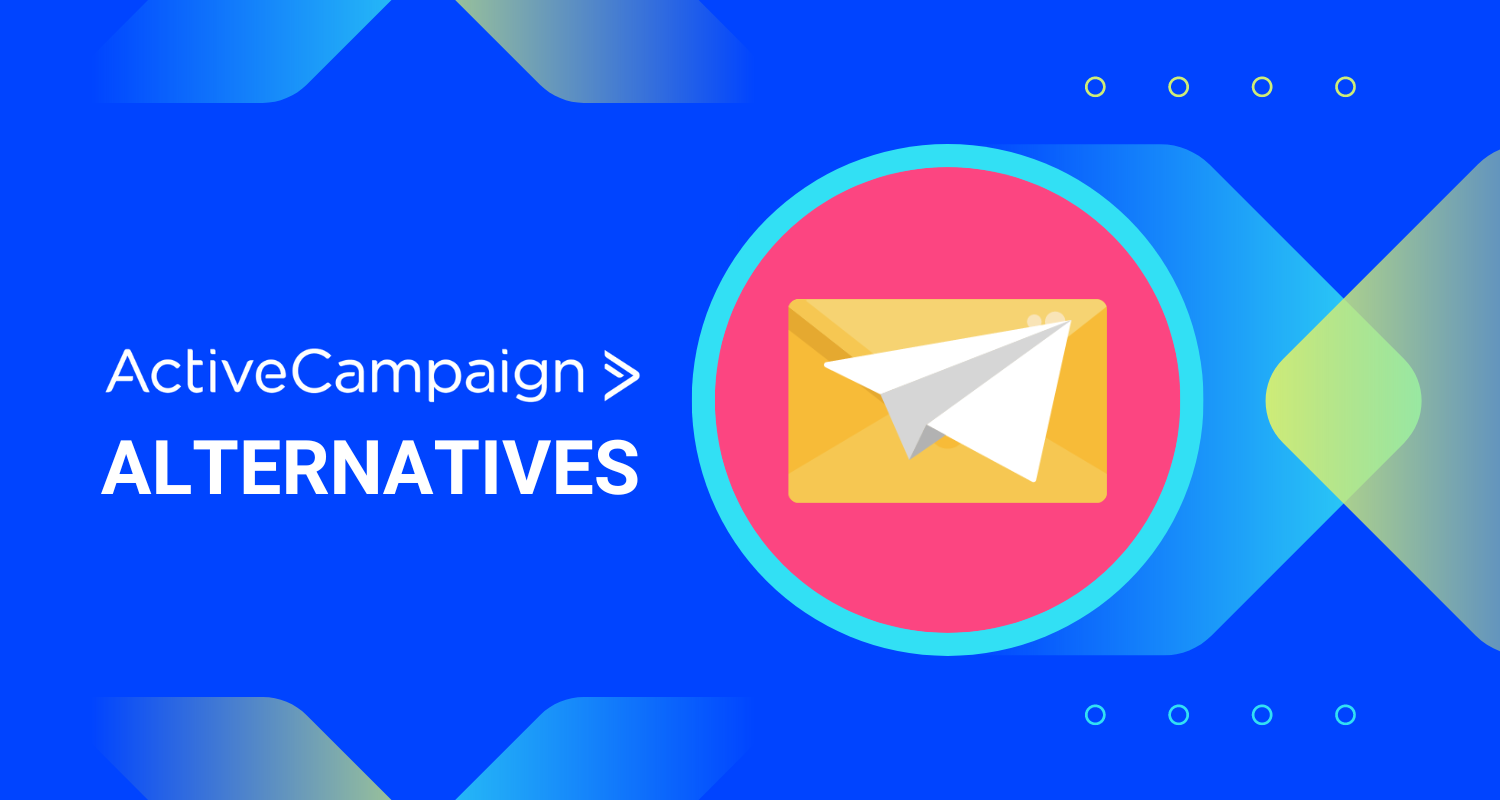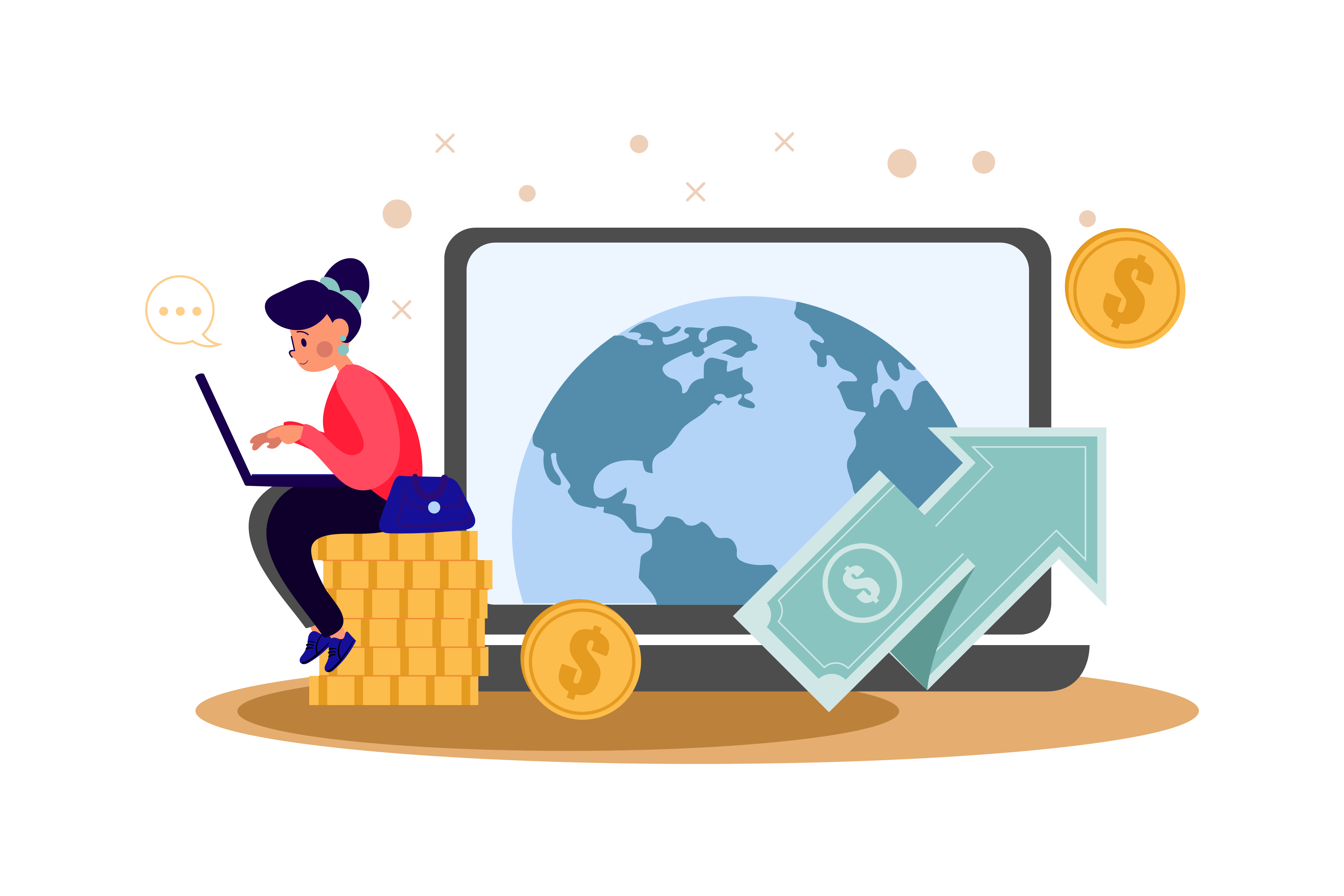
It’s a competitive world, and businesses are trying harder than ever to ensure visitors that reach their website become customers of their product.
The problem with increasing conversion on your website is it’s often at odds with improving the experience of your website.
Think of how many blogs and websites you’ve been to lately that are rendered unusable because of the pop-ups, slide-overs, exit-intents, and whatever-else that have punched you in the face as soon as you try to read the content you originally came for. We’ve written about designing successful landing pages before, and none of these things make the cut.
This is not the internet we want to experience as consumers. And it’s not the internet we want to provide as businesses.
So is this the only way? Or can you convert visitors into customers without committing crimes against the user experience?
What’s your end goal?

It often helps to zoom out when thinking about conversion.
Rather than trying to ensure every single website visitor becomes a paying customer, we try to think a little more high level.
Who do we want our customers to be?
What do we want them to feel when they think about GoSquared?
How do we ensure we stand out in a sea of crowded competitors?
Thinking about these higher-level questions can help you realise – “no, we don’t need to convert visitors to customers straight away.” Actually, it turns out providing value and giving a great experience at every step of the journey, and not selling too soon – those are the essential things.
It’s better to build a relationship than have a one-night-stand

As in real life, relationships take a long time to build.
Think about the more significant purchases you’ve made in the last few years – how did they come about? Was it a quick Google search, and then an insta-buy? Probably not.
Chances are the more you were spending, the more you deliberated the purchase. You likely read multiple reviews and asked other people for their opinions. You probably spent a bunch of time looking up competitors and checking out their respective websites.
Your ultimate buying decision likely came down to more than just cost. It probably came down to how you felt about the company that made the product. And the quality of what they do, and the trustworthiness of their organisation.
These values don’t get built overnight.
Don’t throw your brand and values away for a quick buck.
No one likes to be tricked.

It can be easy to underestimate the intelligence of your audience. Especially when they’re often anonymous – just represented by charts and graphs in your analytics tool of choice.
But in reality, if you produce good content – genuinely helpful content – real people will read it. Real, smart people. Don’t frustrate them and make an enemy of them by nickel and dime-ing them with short-term tactics like in-your-face modals that make you seem stupid for saying no to a newsletter.
Tricks don’t work when it comes to building a loyal customer base. Don’t start the customer journey with one.
Increase conversion without compromising user experience

Here’s a few techniques we’ve been using at GoSquared to increase conversion without ruining our user experience.
Engage in conversation with visitors
It’s no secret; we love to chat. We’ve seen website conversion shoot up since we started using Live Chat on our site. While not every conversation leads to a signup, the amount we learn from each and every chat leads back into the design and copy we create for every page on the site.
Make it easy to get to key info
Often, the need for horrible conversion tactics is caused by poor design and a lack of information architecture.
If you make it easy for visitors to find the information they need and reassure them of any concerns they have, then the need for cheap-shot conversion hacks is reduced.
If a visitor doesn’t have to scramble around looking for a refund policy – if it’s made clear in the place they are asking the question – then there’s less need to push them aggressively to sign up or buy in the moment.
Often these moments can only come out of extensive research. Take the time to run a user test or two to find out if there are particular weak areas of your site.
Ask for an email address – don’t force it
We genuinely believe that if people want to get our content or try out the GoSquared platform, they’ll find a way. Once they’re convinced, as long as we make it easy, they will give us their email address. That’s why we don’t force you to give us an email address or take over the page with a horrible splash screen to push you over the edge.
Perhaps we could increase conversion by employing dirtier tactics, but that would simply lead to our most valued visitors – the ones who care about quality – to be sick in their mouths. And that’s the last thing we want.
Let them leave
There are classier ways of diverting a visitor exiting that a full-page takeover pop-up.
Try a chat prompt or on-site message. Ask if there’s anything they were hoping to find but couldn’t. Ask if they’d like to keep up to date with content similar to what they’re already reading.
The vast majority of customers don’t become customers the first time they visit your site. This makes retargeting an essential aspect of helping visitors to remember you and nudging them towards becoming customers. It’s not the end of the journey if your visitor leaves the site – it’s just the start of the next phase.
Use data-backed automated email
One of the ways you can go about retargeting these visitors is through email. Your audience – those people who have signed up to your updates or newsletter – are all potential customers.
But here’s the thing: no one likes being pushed into a sale. It’s a horrible feeling of being a bit duped mixed with buyer’s remorse. That’s not exactly a great starting point for a customer relationship.
Sending fewer emails can help you to avoid this forced feeling. Flooding someone’s inbox isn’t the way to convince them to do business with you.
We’ve been building our own marketing automation product and have realised that sending fewer emails is actually better for everyone. As long as they are personalised and targeted to the right people, you won’t see a drop in outcomes. In fact, you’ll likely see a lift in replies and conversions.

